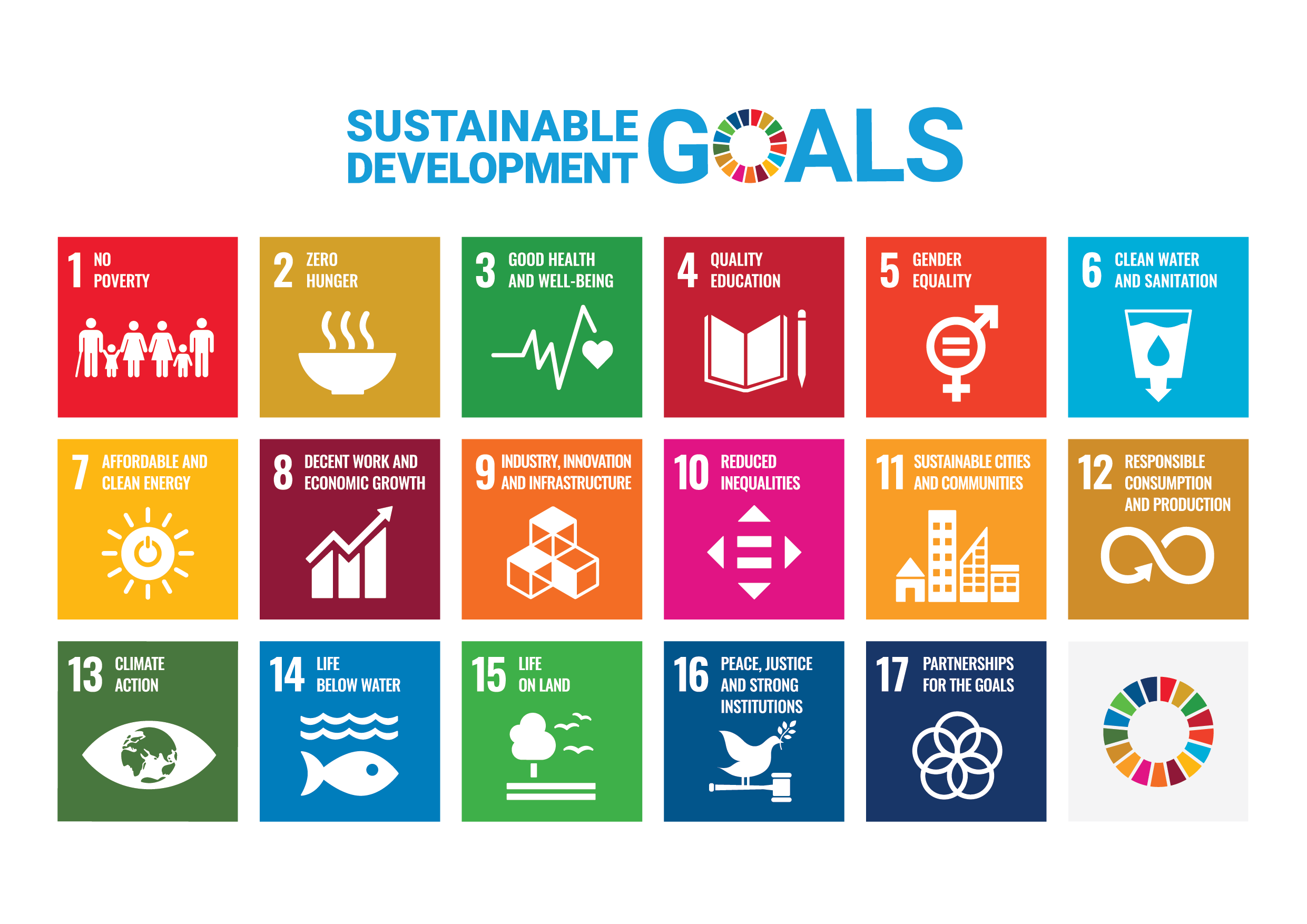SDGs and Plant
Introduction
In response to the global problem of food loss, we have been working to find new ways to use surplus food instead of throwing it away.
We compared our reaserch and thoughts with SDGs.
What are the SDGs?
SDGs is an acronym for "Sustainable Development Goals".
The SDGs were adopted at the United Nations Summit in September 2015 and are the goals that the 193 countries of the United Nations have set out to achieve over the 15 years from 2016 to 2030.
It consists of 17 major goals and 169 specific targets to achieve them.

Our efforts and the SDGs

|
When we compared the SDGs with our research questions, we realized that number 12, Responsible Production and Consumption, was the best fit.
While there are countries and regions around the world that are suffering from hunger, there are countries where a lot of food is thrown away without being eaten, like Japan. If every one of us changes our awareness and takes responsibility for how we use the food we buy, we can reduce food loss. Let's pay attention to the way we shop and cook, and contribute to reducing food loss in our daily lives!
MM
I believe that the 17 goals of the SDGs do not exist separately, but are all connected in some way, and if we solve one goal, we will be one step closer to solving the other goals. For example, by using technological innovation to develop surplus food around the world into products that can be preserved and exported to developing countries, we can reduce food loss and at the same time contribute to the goal of reducing hunger to zero.
|
Summary
The moment a plant (food) becomes unnecessary, it does not mean that the power of that plant (food) is gone. There is still power left in the plants (foods) that are going to be discarded!
If we use up the power of the plant, it can fulfill its role as a plant (food).
Let's use our power to maximize the power of plants and contribute to the SDGs!


